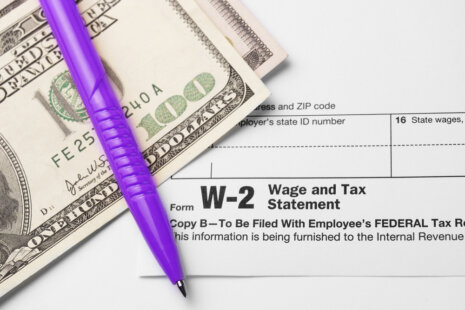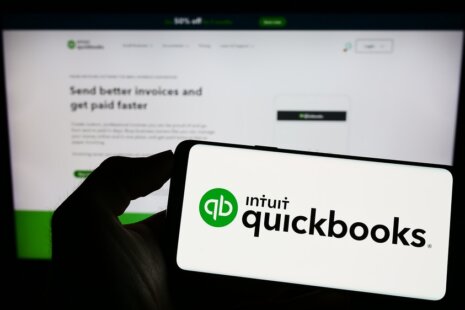Running payroll for one employee can be a straightforward process, especially if you’re using payroll software or outsourcing to a payroll service provider.
Here’s a step-by-step guide to running payroll for one employee manually
1. Gather Employee Information – Collect all necessary information for the employee you’re paying, including their name, Social Security number or employee identification number, pay rate, and any applicable deductions or benefits.
2. Record Hours Worked – Determine the number of hours the employee worked during the pay period. If the employee is paid hourly, record their total hours worked. If the employee is salaried, their pay remains consistent regardless of hours worked.
3. Calculate Gross Pay – Multiply the employee’s hourly rate by the number of hours worked to calculate their gross pay. If the employee is salaried, their gross pay remains the same for each pay period.
4. Deduct Taxes and Withholdings – Calculate and withhold applicable federal, state, and local taxes from the employee’s gross pay. Use the employee’s Form W-4 (Employee’s Withholding Certificate) to determine federal income tax withholding and consult state and local tax withholding tables or guidelines for state and local taxes. Also, withhold Social Security and Medicare taxes (FICA) based on current rates.
5. Deduct Other Deductions – Deduct any other employee deductions or contributions, such as health insurance premiums, retirement contributions, or garnishments.
6. Calculate Net Pay – Subtract total deductions from the employee’s gross pay to calculate their net pay—the amount the employee will receive in their paycheck.
7. Prepare Paycheck – Prepare the employee’s paycheck, including their gross pay, deductions, and net pay. You can use accounting software or payroll templates to generate a paycheck stub with detailed information.
8. Issue Payment – Pay the employee their net pay via your chosen payment method, such as direct deposit or a physical check. Ensure that the payment is processed accurately and on time according to your payroll schedule.
9. Record Payroll Transactions – Record payroll transactions in your accounting records to track employee compensation, taxes, and deductions accurately. Maintain detailed records of payroll transactions for reporting and compliance purposes.
10. File Payroll Taxes – After processing payroll, remit withheld taxes and employer payroll taxes to the appropriate tax authorities. File payroll tax returns and reports as required by federal, state, and local regulations.
11. Keep Records – Retain payroll records, including employee earnings statements, tax forms, and payroll reports, for the required retention period. Organize and store records securely for future reference, audits, or inquiries.
While this guide outlines the manual process of running payroll for one employee, using payroll software or outsourcing to a payroll service provider can streamline the process, automate calculations, and ensure compliance with tax laws and regulations. Consider the complexity of your payroll needs and the resources available to determine the most suitable payroll solution for your business.




